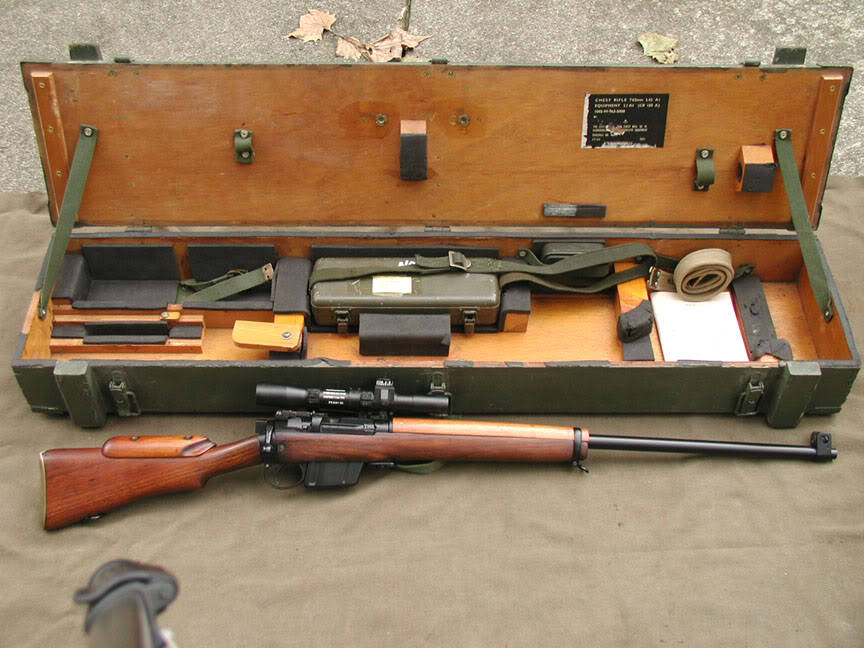
L42A1, The Last Lee Enfield — A classic sniper rifle converted to 7.62x51mm


(image source; Wikipedia)
History Of The L42A1
The L42A1 was the very last of the British Lee Enfield rifles. It was developed in the late 1960s to replace the Mk1(T) rifles of the WWII era. From 1970 to 1990 the L42A1 saw service with the British Army, Royal marines, and Royal Air Force snipers. Starting in 1985 the L42A1 was slowly replaced by the L96 by Accuracy International.
The last of the Lee Enfield rifles was created to update the No. 4 Mk1(T), which were chambered in .303 British, to 7.62x51mm NATO. These old war horses had remained in service even after the L1A1 version of the FN FAL had started to replace the Lee Enfield in 1957.
Changes And Improvements
From 1970 through 1971, more than 1,000 rifles were converted from .303 British to 7.62 NATO. The WWII barrels were replaced with heavier hammer-forged 7.62x51mm barrels featuring four-groove, right hand twist rifling instead of the older fiver-groove, left hand twist used in the .303s.
To accommodate the free floating barrel, the wood stock was shortened by 1/2″ at the fore-end. A new upper hand-guard was refitted without the barrel bearing against the wood frame.
While the .303 ejector screws were left in place, a portion of the magazine lip functioned as the ejector for the 7.62 NATO mods. The .303 magazines were exchanged for the more angular 7.62x51mm version.
Even the No. 32 telescopic scopes were refurbished for the L42A1s. The bullet drop compensation was reset for the 7.62 NATO’s ballistic characteristics for 50 m to 1,000 m. These modified 3.5 power scopes were renamed the “Telescope, Straight Sighting, L1A1.”
A Whole New Package
The video below takes a closer look at one of the few remaining L42A1s with a complete and fully stocked transit case. Unfortunately, the majority of these rifles were destroyed after the weapon was deemed “obsolete” by the Department of Defense in 1990.



